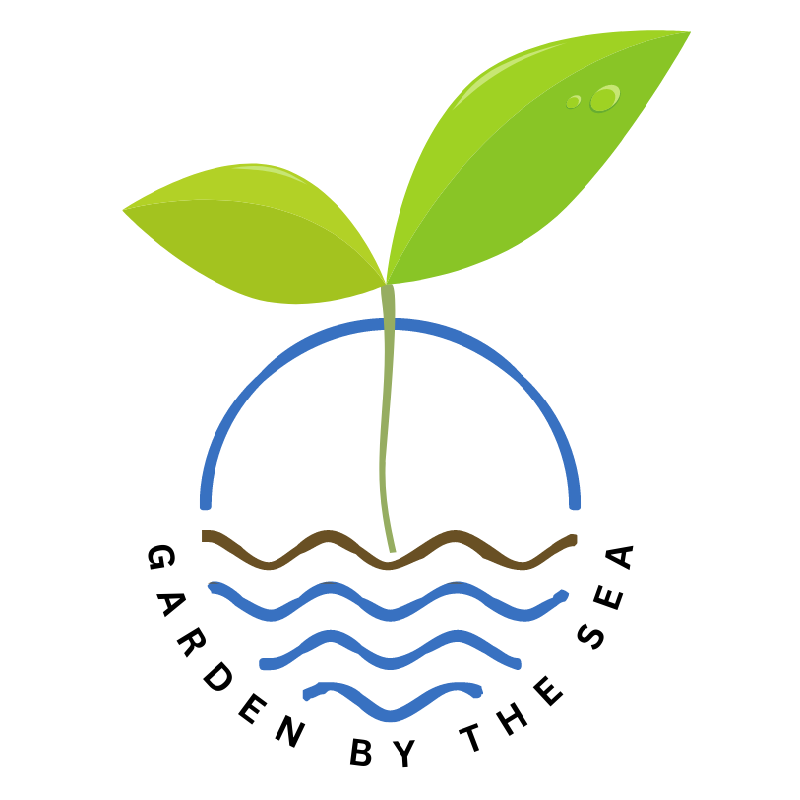Beautiful and Efficient Garden Pollinators
Pollinators are busy in the garden making plants survive, multiplying, and providing fruits, vegetables and beauty. Pollinators are the special workers who are constantly moving about our flowers and plants. The process that most plants need to set seeds and produce fruit is called Pollination. Pollination ensures uniformly shaped fruits and vegetables. This process is provided by insects such as flies, butterflies and moths, and beetles. The primary pollinators are bees.
Pollination is an intriguing and intricate process which has been provided by nature so that we have an abundant source of food and natural beauty.
However, now there is a risk to this process. In the natural world there has been a disturbance where the presence of some of these beneficial insects has been threatened, specifically the butterfly.
The use of pesticides has contributed a great deal to the demise of some of these beneficial insects, as well as the change in the environment. There have been ongoing efforts made to correct these damages. There are organizations such as the Xerces Society, https://xerces.org; Monarch Watch, https://monarchwatch.org/conserve/, and https://monarchjointventure.org, which are making efforts to restore the butterfly populations and protect the pollinators.
In our own gardens we can try to attract pollinators as well as protect them.
There are plants which are native and considered pollinator attractors which when planted, create a favorable environment for pollinators.

The lavender plant attracts bees, for example, and plants with bell shaped flowers like fuchsia attract hummingbirds. The Milkweed plant is the only plant which caterpillars will eat to produce a butterfly. Planting Milkweed will support the growth of caterpillars; however, the plant must be appropriate to the region. Planting plants which are native to our geographical area will attract the native insects, and not introduce foreign insects which may cause harm. Plants attract pollinators by their color, shape, scent, and food reward. Do you know that some insects, such as bees, are attracted to ultraviolet light? Honeybees and many native bee species are important for pollination, and we are responsible for protecting them from toxins and pests in the environment. There is a parasite called Varroa destructor that transfers pathogens and has caused the loss of thousands of colonies.
In addition, there are pesticides which have caused both deaths of bees, as well as damage to their behavior, such as disorientation, less efficiency and, reduce their life span, as seen in research.
If a pesticide must be used on fruit trees, and/or vegetable or landscape plants look for the “Protection of Pollinators” section on the label, where there is information on proper use and always follow label recommendations when using these products. A good resource is the Fact Sheet, POLLINATION AND PROTECTING BEES AND OTHER POLLINATORS, by Washington State University Extension.
In 2021, a bill was passed based on the recommendations of the Pollinator Health Task Force addressed to various state agencies to increase outreach and education about pollinators and pollinator habitat, increased creation of pollinator habitat, and some protections for pollinators.
There is a wide range of types of plants which are excellent for your pollinator garden, whether it is a large garden, a front yard or a couple of planters. The list is extensive. When shopping for plants, a nursery assistant can suggest types of plants, the label on the plant may indicate that it is a pollinator, and the two links above will have a list of popular plants and plants for your area, as well as a great deal of valuable information.
This summer season, as you enjoy your garden, and reward yourself with a beautiful array of flowers and vegetables, you are also enhancing the life of the busy workers who have contributed to its success.
For questions about this article or how to get involved in the community garden, please contact us at info@gardenbytheseaoceanshores.org.
This article was originally printed in the Ocean Observer, June 2023.



